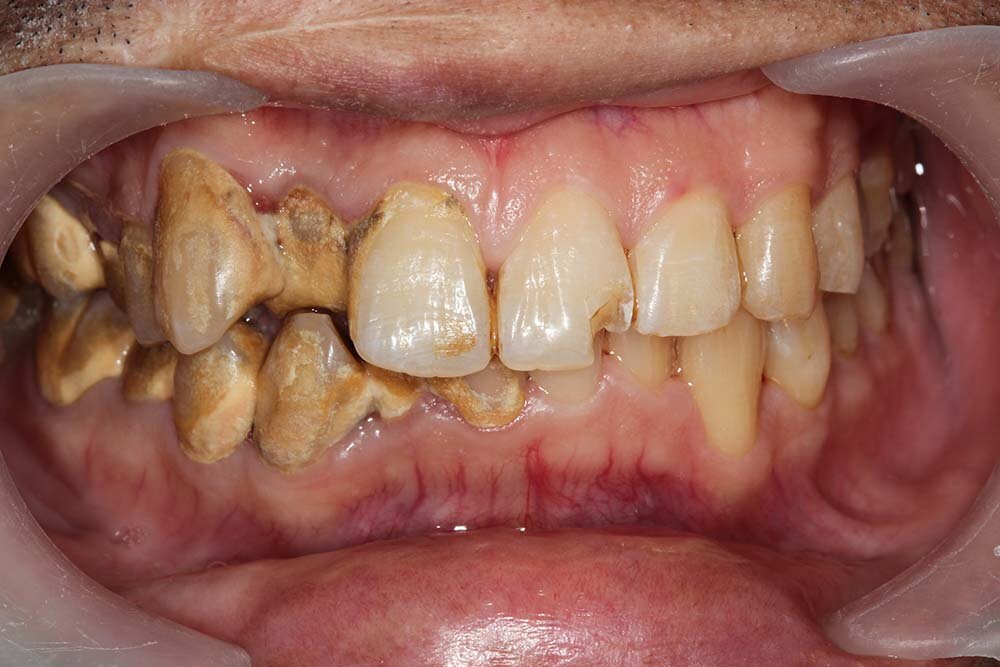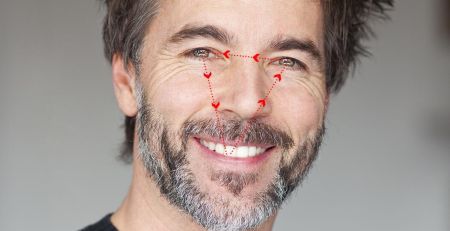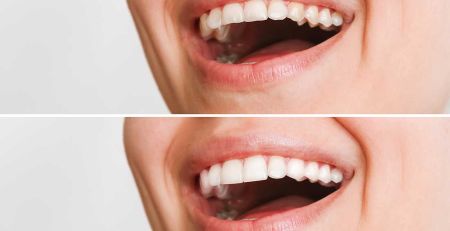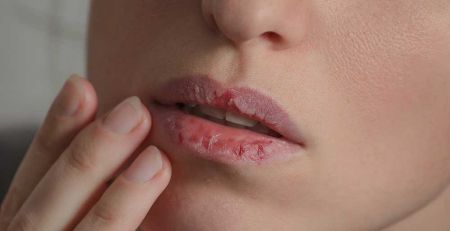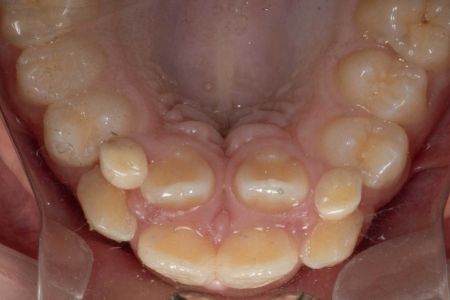Table of Contents
Gingivitis is a common gum disease that affects a significant number of people worldwide. It is characterised by inflammation of the gum tissue surrounding the teeth, often caused by poor oral hygiene habits. However, with proper knowledge and preventive measures, gingivitis can be effectively managed and prevented.
Gingivitis refers to the inflammation of the gums, specifically the gum tissue surrounding the teeth. It is primarily caused by the accumulation of plaque, a sticky film of bacteria that forms on teeth. When plaque is not regularly removed through brushing and flossing, it can irritate the gums, leading to inflammation and the onset of gingivitis.
Symptoms of Gingivitis
Recognising the early signs of gingivitis is crucial, as it can usually be reversed with proper treatment and care. If ignored, it can progress to periodontitis, which may result in tooth loss.
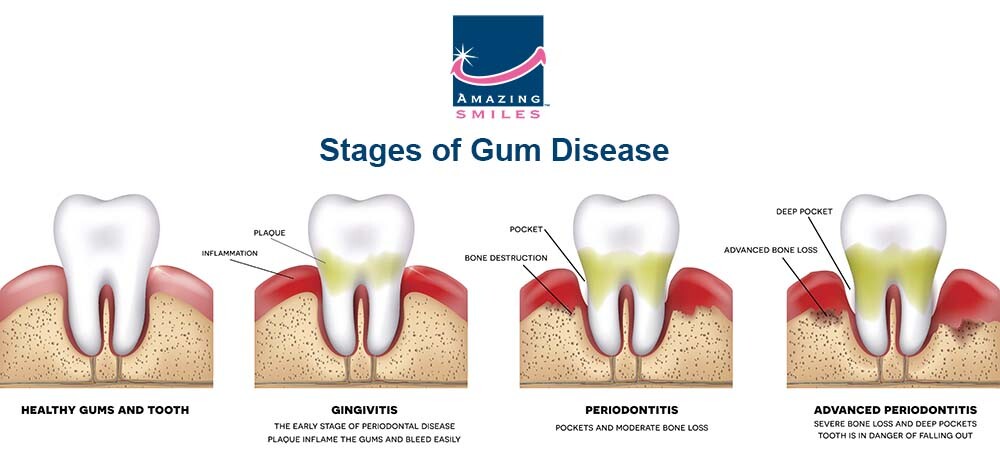
Red, Swollen, or Tender Gums
Healthy gums should appear pink and firm. In gingivitis, the gums often become inflamed, puffy, or sensitive to touch due to the irritation caused by plaque bacteria. This inflammation is one of the earliest warning signs that your gums need attention.
Bleeding Gums
One of the most common and noticeable symptoms of gingivitis is bleeding gums, especially during brushing or flossing. While many people dismiss this as usual, it is a clear indicator of gum disease and should not be ignored.
Persistent Bad Breath
Bacteria associated with gingivitis produce toxins contributing to chronic bad breath (halitosis). If bad breath continues even with good oral hygiene, it may be linked to gum disease.
Receding Gums
As gingivitis worsens, gums may begin to pull away from the teeth, exposing more of the tooth’s surface. This can make teeth appear longer and increase sensitivity to hot or cold.
Gum Pockets
Inflamed gums can start to separate from the teeth, forming small pockets where food particles and bacteria accumulate. These pockets make oral hygiene more difficult and allow the infection to worsen if untreated.
Changes in Bite or Tooth Alignment
In more advanced cases, gum inflammation and early bone changes can cause teeth to shift slightly, altering the way they fit together when biting. This is a sign the disease may be progressing beyond gingivitis.
Prevention of Gingivitis
Preventing gingivitis starts with maintaining strong oral hygiene habits and regular professional care. Being proactive can significantly reduce your risk of gum disease and protect your smile for the long term.
Brush Twice Daily with Fluoride Toothpaste
Brushing your teeth at least twice a day using a fluoride toothpaste is one of the most effective ways to prevent gingivitis. Focus on cleaning all tooth surfaces, especially along the gumline where plaque accumulates. Replacing a soft-bristled toothbrush every 3–4 months ensures gentle yet effective cleaning without irritating the gums.
Floss Daily
Flossing removes plaque and food particles between the teeth and under the gumline—areas your toothbrush cannot reach. Daily flossing helps prevent bacteria from building up in these tight spaces, reducing the risk of gum irritation, inflammation, and bleeding.
Rinse with Antimicrobial Mouthwash
Incorporating an antimicrobial or antibacterial mouthwash into your routine helps reduce the bacteria that cause plaque and gingivitis. Rinsing can also reach areas of the mouth that brushing and flossing may miss, offering extra protection for your gums.
Maintain a Balanced Diet
A nutritious diet supports healthy gums. Limiting sugary and starchy foods helps reduce plaque formation, while eating fresh fruits, vegetables, lean proteins, and dairy provides essential nutrients like vitamin C and calcium that strengthen gums and teeth. Drinking plenty of water also helps wash away food particles and bacteria.
Quit Smoking or Using Tobacco
Smoking and tobacco use are major risk factors for gum disease. They weaken the immune system, reduce blood flow to the gums, and make it harder for the body to heal. Quitting smoking greatly improves gum health and overall oral hygiene, while also reducing your risk of oral cancer.
Schedule Regular Dental Check-Ups and Cleans
Even with excellent home care, plaque can harden into tartar, which can only be removed by a dental professional. Scheduling check-ups and professional cleans every six months allows your dentist to remove buildup, monitor your gum health, and detect early signs of gingivitis before it develops into more advanced periodontal disease.

Treatment Options for Gingivitis
If you suspect you may have gingivitis, seeking professional dental care is essential. Early treatment can often reverse the condition and prevent it from progressing into more severe gum disease (periodontitis). Here are the most common treatment options your dentist may recommend:
Professional Dental Cleans
The cornerstone of gingivitis treatment is a professional dental cleaning. During this procedure, your dentist or hygienist removes plaque and tartar (hardened plaque) from the teeth and along the gumline. This process, known as scaling and root planing, smooths the tooth roots and helps the gums reattach more firmly to the teeth. Because tartar cannot be removed by brushing alone, regular professional cleanings are crucial to maintaining gum health and preventing gingivitis from returning.
Improved Oral Hygiene at Home
Your dental professional will provide guidance on proper brushing and flossing techniques. Brushing twice daily with a fluoride toothpaste, focusing on the gumline, and flossing once a day helps remove plaque before it hardens into tartar. Sometimes, your dentist may also recommend interdental brushes or water flossers for improved cleaning between teeth. Consistent oral care at home is key to long-term prevention.
Antiseptic Mouthwash
An antimicrobial mouthwash may be recommended to reduce harmful bacteria in the mouth and promote gum healing. These rinses can be especially useful in managing gum inflammation between dental visits, as they help control bacteria in areas that brushing and flossing may not reach effectively.
Medications
In cases of advanced gingivitis or if there is a high risk of infection, your dentist may prescribe antibiotics or special gels to apply directly to the gums. Anti-inflammatory medications or medicated mouth rinses may also be suggested to reduce swelling and discomfort. These treatments are usually short-term but can greatly improve healing when combined with professional cleaning and good oral care.
Lifestyle Changes
Lifestyle habits can significantly influence gum health. Quitting smoking or tobacco use is one of the most critical steps, as tobacco reduces blood flow to the gums and weakens the body’s ability to fight infection. A balanced diet, reducing sugar intake, staying hydrated, and managing stress contribute to stronger gums and oral health.
Gingivitis is a common and treatable gum disease that can be prevented with regular oral hygiene. To reduce risk, practice brushing and flossing, maintain a balanced diet, and schedule regular dental check-ups. If you notice symptoms of gingivitis, see your dentist promptly for diagnosis and treatment. Healthy gums are essential for a beautiful smile and overall health.
At Amazing Smiles, our skilled dentists diagnose and treat gum disease, including gingivitis. We emphasise early detection and provide comprehensive care for underlying issues. For severe cases, we can refer you to trusted periodontists. We aim to help you achieve optimal gum health and a confident smile.
Disclaimer: This blog is for educational purposes, not professional dental or medical advice. Always consult a qualified dentist or healthcare provider for personalised recommendations regarding your oral health. Treatments vary by individual, and only a professional can assess your needs.

